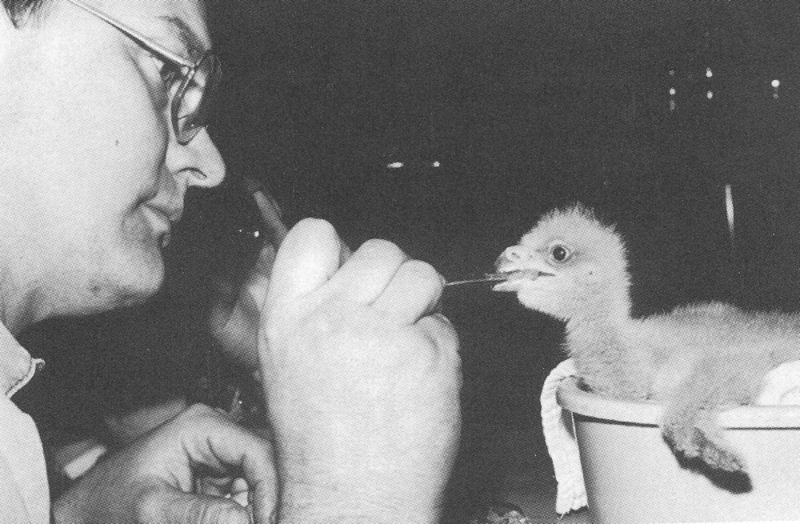
The Ark was a small, two-room frame house located on the northeast side of Public Square. It housed taxidermy ranging from birds to reptiles and mammals, which led to its being called the Ark in reference to the biblical story of saving the world's fauna from the great flood. The Arkites, as the group of 26 young men who frequented the Ark came to be known, were led by William Case, mayor of Cleveland from 1850 to 1851, and his brother Leonard Case Jr. Their father Leonard Case Sr. had started the Ark in the 1830s as a place to relax. After buying the property, he let his two sons take charge of the building and began to fade from popular society because of health issues. William Case worked in his father's companies but spent much of his time at the Ark. The Ark is important because there were no museums in Cleveland during this time. The Arkites collected, researched, and discussed findings with each other. As time passed, other societies were interested in representing Cleveland history and the Arkites were the most knowledgeable within the city. They began to present papers and work with others to curate and show their research. William Case's taxidermy bird collection is still on display in the Cleveland Museum of Natural History (CMNH) today.
CMNH considers the Ark as a part of its founding because of the work that was done by the Arkites. The Ark moved into adjacent Case Hall in 1876 after its building was demolished to build a new post office. Many other societies also used Case Hall, including the Kirtland Society, whose leader Jared Kirtland was also an Arkite. Case Hall lasted until 1916, when it too gave way to the new Cleveland Public Library.
When the Natural History Museum was established in 1920, it was located in the Lennox Building at Euclid Avenue and East 9th Street. The museum first moved down Euclid Avenue onto Millionaires Row in the Leonard Hanna Mansion. The mansion held many exhibits but most notably many of them were from the original Arkites, including William Case's birds as well as many exhibits donated by the Kirtland Society in 1920. As the museum began to gather more and more collections, such as Jeptha Wade II's precious stone collection and discoveries of new animals and plants from the a safari that the museum had sponsored in Kenya in 1930, eventually it either had to expand or find a larger building.
The choice was made for the museum when the Hanna mansion was in the path of a planned highway. In 1958 the museum moved to Wade Park, where it is still located today. Since that time, the museum has enjoyed many achievements. In 1971 the CMNH sponsored a team of zoologists to breed bald eagles, which were threatened with extinction and had only a handful of working nests. They were the first team ever to artificially inseminate a bald eagle and repopulated the area and others with the national bird.
The CMNH's accomplishments built upon a firm foundation. The Arkites, with the Case family at its center, set the stage for this venerable institution in both spirit and collections. Thus, as this nationally significant museum looks toward its official centennial, it must also cast a glance back-more than 80 years before its official inception-to the humble shack that started it all.
Audio
Images








